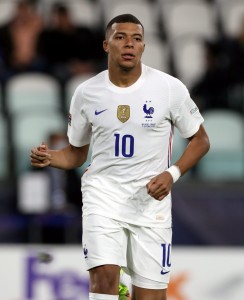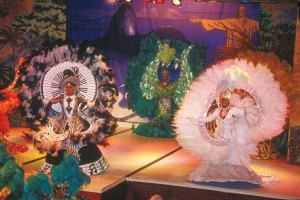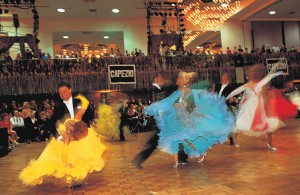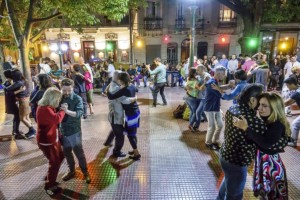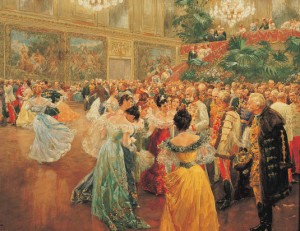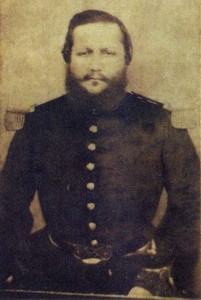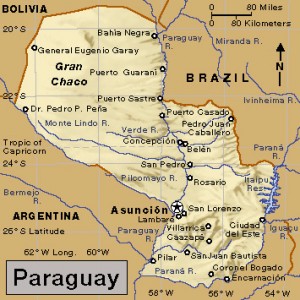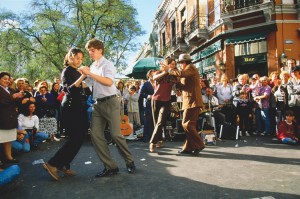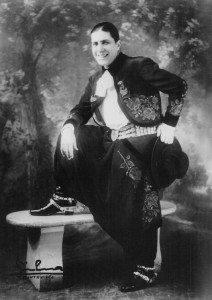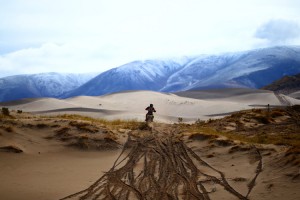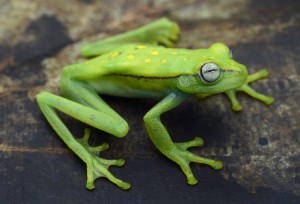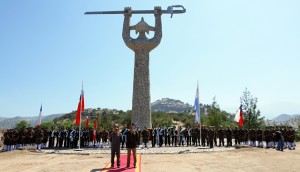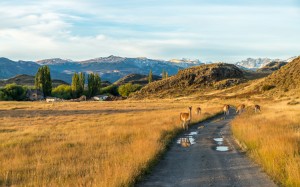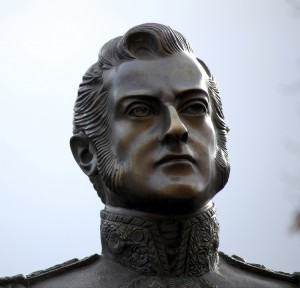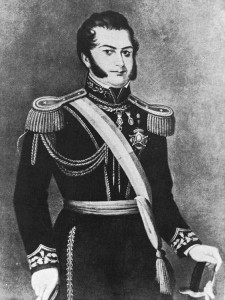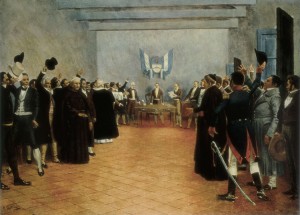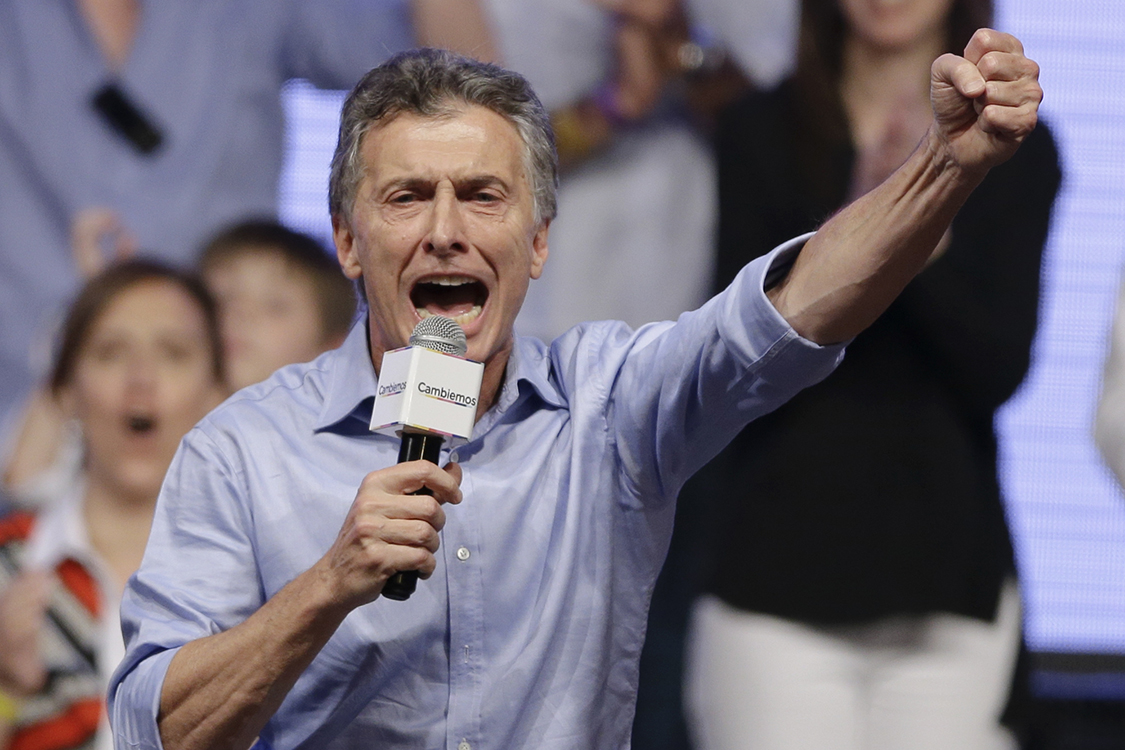Argentina Wins World Cup
Monday, December 19th, 2022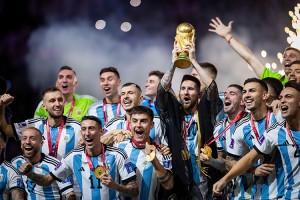
Argentinian soccer players celebrate after winning the 2022 FIFA World Cup
Credit: © Moritz Muller, Alamy Images
Yesterday, Sunday, December 18th, Argentina and France faced each other in the 2022 FIFA World Cup Final in Qatar. In a tournament charged with controversy over the use of migrant workers to build the stadiums, a dramatic final game unfolded for millions of fans around the world. Argentina, with star player Lionel Messi, won the tournament for the first time since 1986, defeating France, the defending champions. French player Kylian Mbappé scored all three of France’s goals in regular time, securing a hat trick. It was the first hat trick in the World Cup final in 56 years. The game tied 3-3 after regulation time and two periods of extra time, bringing the legendary game to a penalty shootout. In the tie-breaking penalty shootout, Mbappé and French player Kolo Muani scored on Argentinian goalkeeper Emiliano Martínez, but their teammates missed. Messi scored Argentina’s first shoot-out penalty kick on French goalkeeper Hugo Lloris, followed by goals from Paulo Dybala, Leandro Paredes, and Gonzalo Montiel. In his first World Cup, Montiel scored to win the game for Argentina.
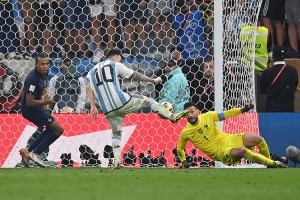
Argentinian Lionel Messi scores in the 2022 FIFA World Cup in Qatar
© dpa picture alliance/Alamy Images
In what is being called the “best World Cup final ever,” star Messi clinched his first World Cup title and a legacy as one of soccer’s best players. He scored one goal in regulation time, one in extra time, and one of the penalty kicks to win the game. Argentina’s Angel Di Maria scored the other goal in regulation time. Messi and Mbappé competed for the Golden Boot, the award for the player with the most goals in the World Cup tournament. France’s Mbappé scored three goals in regulation time and one penalty kick, rightfully earning the Golden Boot. Messi and Mbappé play for Paris Saint-Germain FC, one of soccer’s top teams, competing against each other in the World Cup with their respective home countries.
Argentina’s pride and joy, Messi won the 2022 Golden Ball awarded to the best player in the World Cup, becoming the first player to win the award twice in tournament history. Messi plays as a striker, an offensive position. He has played for FC Barcelona in La Liga, Spain’s highest league, and has played for Argentina in the Olympics and the 2018 World Cup in Russia. In 2006, he became the youngest Argentine to play in a World Cup match. In 2008-2009, Messi scored 38 goals to help Barcelona win a rare “treble” of the La Liga and Copa del Rey championships in Spain, and the European Champions League title. On March 7, 2012, Messi set a Champions League record by scoring five goals against Bayer Leverkusen. In 2012, Messi scored 91 goals, the most by a player during one calendar year in professional soccer history. He holds the record for most career goals in La Liga competition with 474. Messi was awarded the Golden Ball in the 2014 World Cup tournament. Argentina lost to Germany in the final, 1-0. He again played for Argentina in the 2018 World Cup in Russia. Messi signed with Paris Saint-Germain in 2021. Despite his reputation as a soccer star, this was his first World Cup win in his 22-year career.
Left-wing Mbappé carried France’s team, securing all three of the country’s goals before the penalty shootout. The star won the Golden Boot award and brought his total goals scored in World Cups to 8, a few days before his 24th birthday. He won the World Cup in Russia or France in 2018, holding up the trophy as a 19-year-old. While Messi and Argentina stole the show from Mbappé this year, Mbappé has an entire career ahead of him to win the Golden Ball and another World Cup title.

